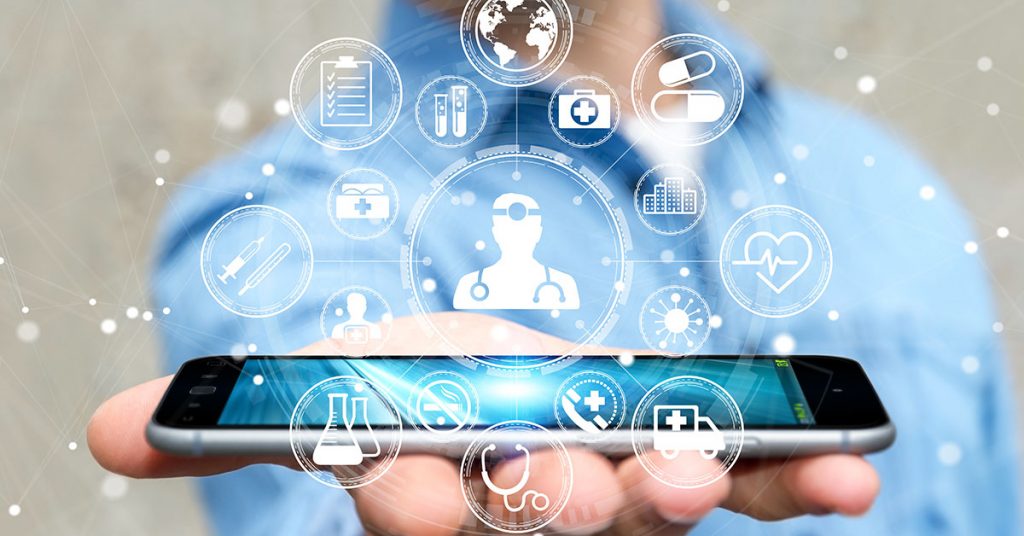Current IT Trends And Tools For Health Care Professionals
IT healthcare has emerged as a specific segment within the broader framework of IT. Developing information technology abilities for the health care industry poses a distinct set of challenges.
Current IT Trends And Tools For Health Care Professionals
Contents
Modern age healthcare has embraced IT healthcare, and this has resulted in a radical transformation of the sector for good.

Current trends in the IT healthcare sector indicate 8 novel roles addressed by IT in the healthcare sector that is having a transformational effect; these are:
- Digitized information platforms
- Digitized data collection technology
- Digital connection with market intermediaries
- Remote and on-demand healthcare serviceability
- Use of augmented and virtual reality for healthcare solutions
- PHR based on blockchain technology
- Cloud technology for data management
- Intelligent data analysis tools
IT tools in the health sector
Information technology is being used for developing tools based on the above IT capabilities, specifically considering the needs of the healthcare sector. The health care sector constitutes the health care service providers, hospitals, patients, pharma companies, medical devices companies, and marketing intermediaries like retailers and wholesalers of medicinal supplies.
3 top IT tools that are being fast adopted by health care service providers are:
Digital Platforms for booking appointments
With the help of IT, healthcare services have been digitized and made available online. Users can register on online platforms and create accounts. Creating an account is optional; users can also avail services as a guest.
However, there are several benefits of having an online medical account, especially if the association is for long. Users can access their medical records and prescription all in one place from their online accounts and get updated information concerning their needs.
Using the digital platforms, it is possible to book the first appointment and follow-up appointments. Users can make an informed choice regarding the specialty they want to consult for their health care problems.
Digitized health service platforms can be used to link several health care service providers and marketing intermediaries. Digitized platforms of medical suppliers extend the facility to users to book their medicines online and get home delivery.
Mobile apps for booking vaccination appointments have been beneficial, especially during times of COVID. The platform performs a quick check on vaccine availability and nearest center and confirms appointment time and venue.
Health care centers are able to reduce unnecessary rush as appointments are prescheduled. COVID precautions of maintaining social distancing are addressed as the visitations are highly manageable.
Electronic health recording information systems
EHRIS services are developed with the help of blockchain and cloud technologies. The blockchain technology used for creating digitized financial ledgers can also be used for recording any type of transaction of value.
Blockchains in the health sector can be used to create a secure digital infrastructure of medical records and transactions.
Cloud technology serves as an efficient medium of storage as health information can be stored on a virtual server without occupying hard disk space. The storage capacity on the cloud is large, and cloud data is accessible with a password. EHRIS can be used for storing patient information in electronic files.
The patient record file can be accessed with the help of a password by the patient and attending service providers. EHRIS has enabled making health care services streamlined, highly manageable, and have saved loads of time and expenses.
High manageability features of EHRI allow instant sharing of data from any place. Doctors have been able to use EHRI advantages to reduce diagnosis time and rendering services, sometimes critical to saving many lives.
Online self-assessment tools
Self-assessment tools are assigned for patient use to facilitate health care service providers in rendering superior care. Patients can use self-assessment tools, and data can be recorded on an online self-assessment form. For critical care issues, medical practitioners refer to data available through SATs as a guideline and not a final basis for rendering treatment. Before attending critical care, required clinical tests are performed.
However, SATS help patients to self-monitor and regulate and raise service request whenever indicated. SATs prove to be of value in cases where daily monitoring is essential, like scientific weight loss programs, blood pressure management, and blood sugar control.
Few self-assessment tools are digitized weighing machines, oximeters, thermometers, blood pressure monitors, and new-age blood sugar monitors. SATs are easy to use and give reliable results that tally well with clinical test results.